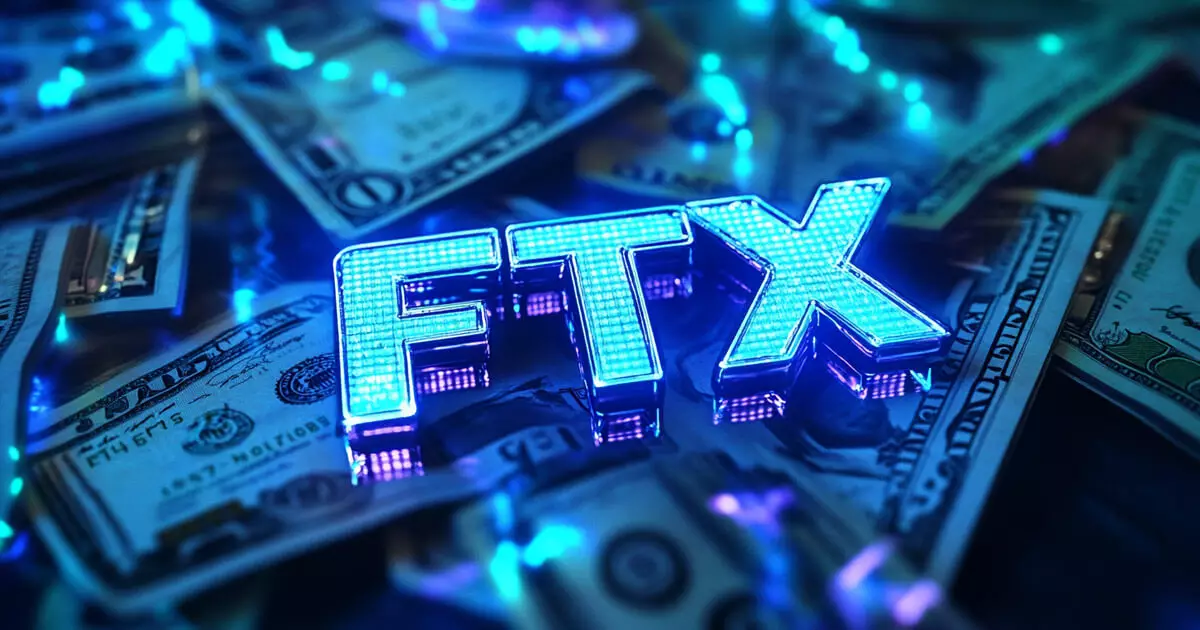The collapse of FTX in late 2022 was a watershed moment for the cryptocurrency industry, signaling a loss of faith in digital asset exchanges. Amid allegations of financial mismanagement and fraud, which resulted in the former CEO Sam Bankman-Fried receiving a 25-year sentence, the repercussions are widespread. As the bankruptcy proceedings unfold, a significant challenge remains: compensating creditors, particularly those based in countries like Russia, China, Egypt, Nigeria, and Ukraine. This situation reflects the complexities of global finance, regulation, and the dire consequences faced by ordinary investors in the wake of corporate mismanagement.
One of the most pressing issues highlighted by Sunil Kavuri, a representative of the FTX Creditors’ group, is the exclusion of many international creditors from the ongoing distribution of funds. Despite representing a notable percentage of FTX’s user base—with Chinese creditors alone accounting for 8% of total claims—these individuals find themselves on the sidelines as payments roll out. The crypto exchange’s management has yet to clarify the reasons for this exclusion, leaving many to speculate whether regulatory hurdles or operational limitations of the distribution platforms—Kraken and BitGo—are to blame.
Moreover, the situation is further complicated by the fact that even some creditors who have accounts on the designated platforms continue to be ineligible for payouts. This inconsistency raises questions about the criteria being employed to determine eligibility and underscores the emotional toll on individuals awaiting restitution. Many of these creditors may have invested substantial amounts, only to risk losing everything due to actions beyond their control.
On February 18, FTX initiated its first wave of payments, focusing primarily on smaller creditors, particularly those with approved claims under $50,000. These individuals not only received their principal back but also an accrued interest of 9%, generated since FTX filed for Chapter 11. This move has been a silver lining amidst the chaos, signaling a commitment to prioritizing those most impacted by the exchange’s failure. However, the timeline for larger creditors, those with claims exceeding $50,000, remains uncertain, with expectations for payments to commence in the second quarter of the current year.
Kraken’s co-CEO, Arjun Sethi, emphasized the importance of accountability and transparency in the cryptocurrency space while confirming that over 46,000 claimants have already benefited from the initial round of payments. His statements reveal an underlying tension—while smaller creditors make strides toward recovery, larger stakeholders still face unresolved claims, highlighting not just the operational complexities but the moral imperative that exchanges must now navigate.
FTX’s downfall serves as a crucial lesson for both investors and regulators in the cryptocurrency landscape. It illustrates the dire need for robust regulations that ensure the accountability and security of digital asset exchanges. The concept of proof of reserves has gained traction in light of FTX’s failures, showcasing a shift towards greater transparency. As the industry evolves, stakeholders must advocate for regulatory frameworks that provide safeguards against malpractice while encouraging innovation.
The path to recovery for affected creditors remains fraught with uncertainty. Yet, the progress made in addressing smaller claims offers a glimpse of hope. As the FTX debacle continues to unfold, it will be imperative to keep an eye on regulatory reforms that could reshape the future of cryptocurrency, amplifying the voice of investors who have been let down by the very institutions they trusted.


Leave a Reply